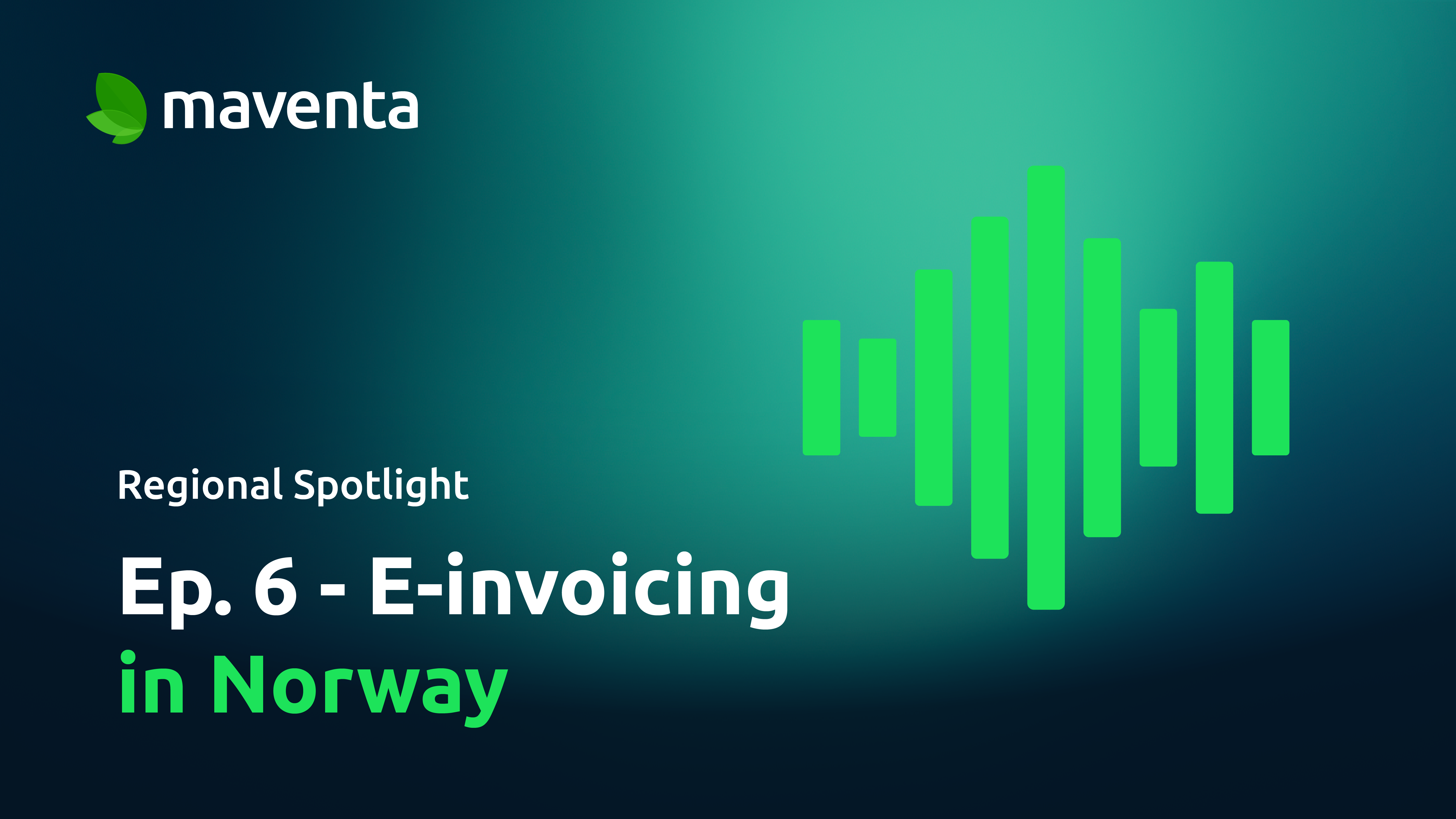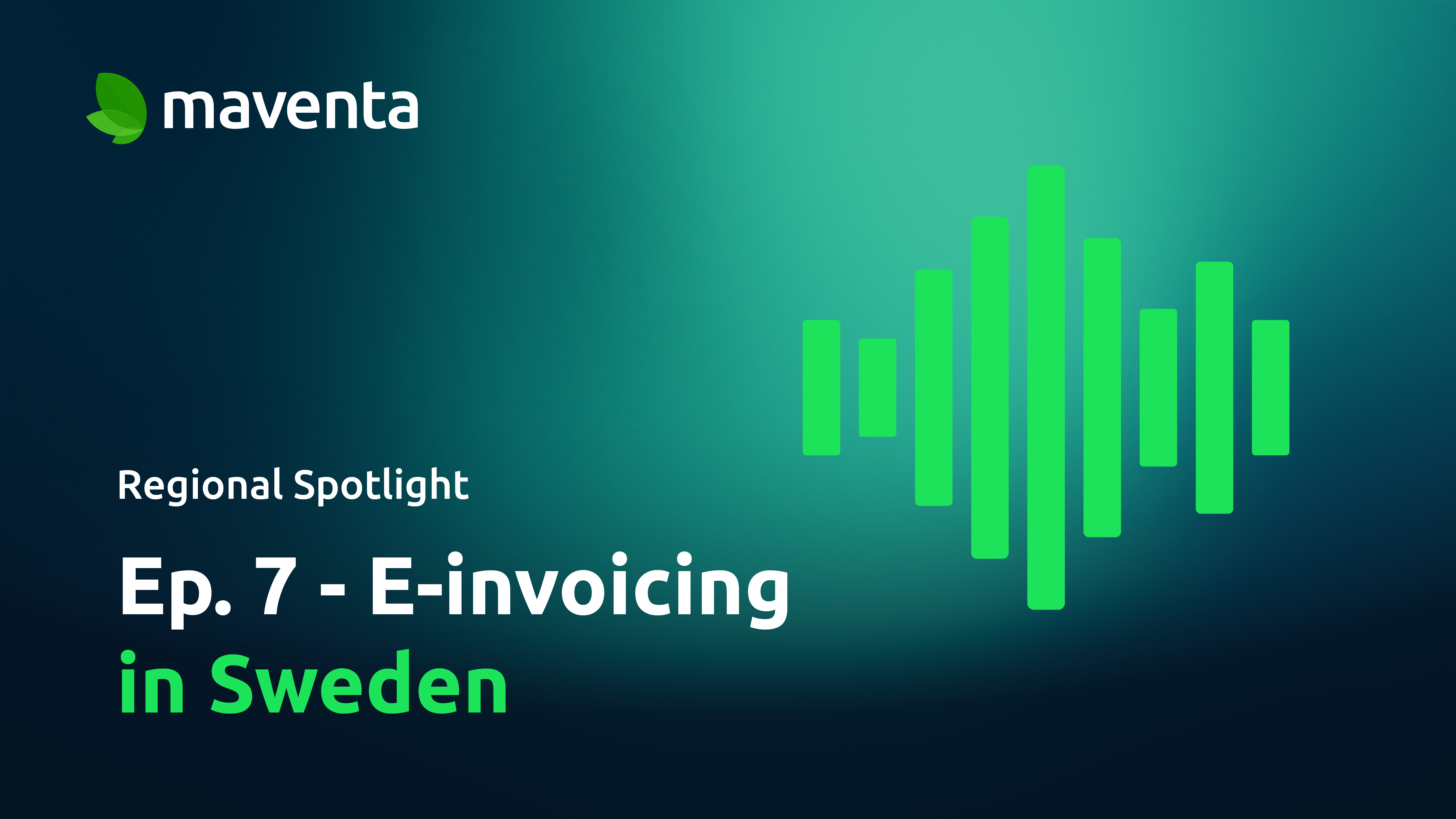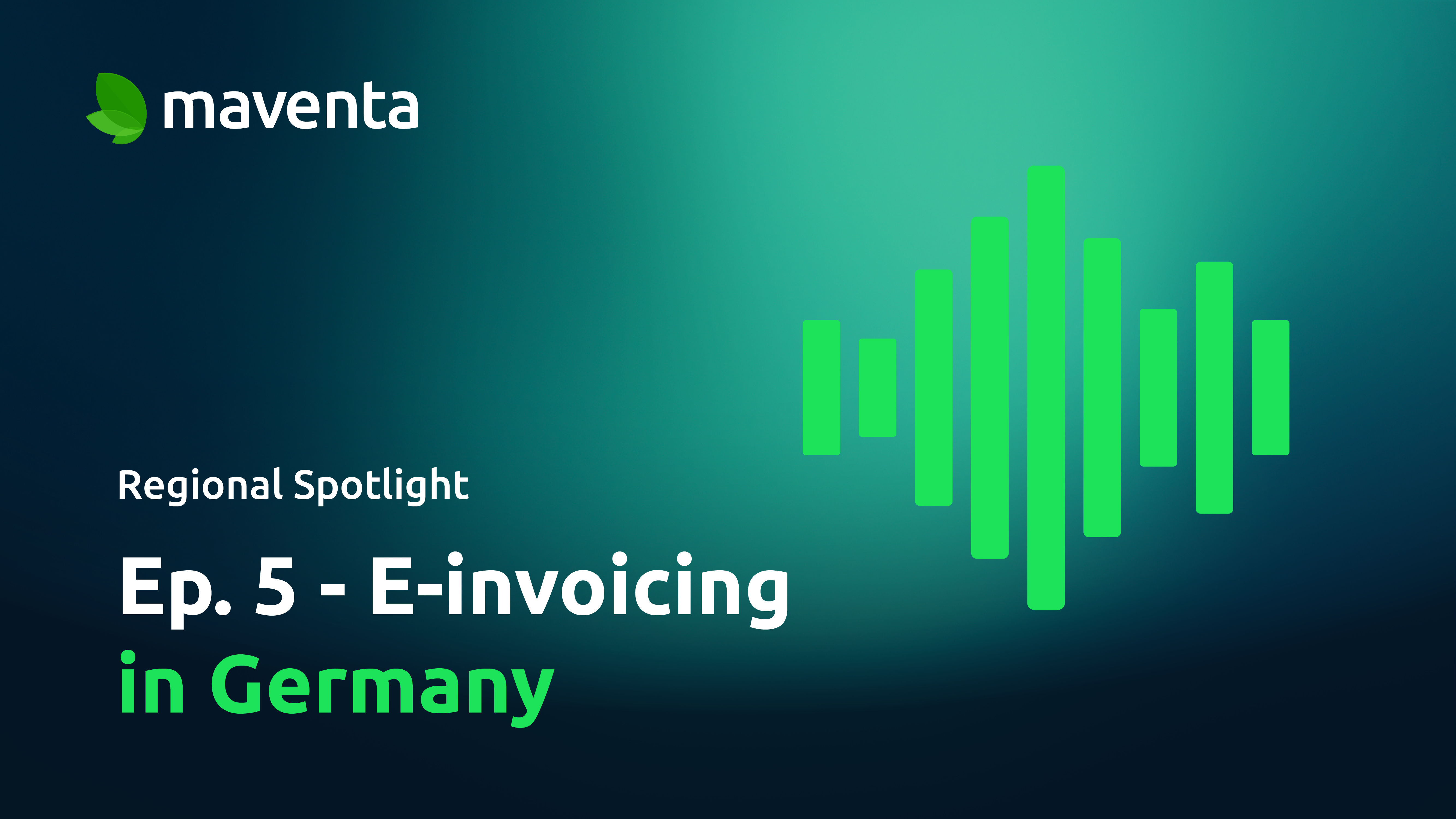E-invoicing is suddenly everywhere in Europe: what's driving the change?
E-invoicing is becoming the norm across Europe, and it's not by chance. This shift is largely driven by evolving legislation, particularly the EU's "VAT in the Digital Age" (ViDA) initiative. But what exactly is ViDA, and why is it so crucial for businesses, especially software companies, to understand it now?
ViDA: Closing the VAT gap and streamlining business
At its core, ViDA is the European Union's ambitious plan to modernise and digitalise the VAT system. The primary motivations are twofold:
-
Combating the VAT gap: Europe faces a substantial "VAT gap" - the difference between expected VAT revenue and the amount actually collected. A significant portion of this gap is attributed to the "gray economy" and cross-border fraud. ViDA aims to combat this by making it easier for tax authorities to track transactions and identify discrepancies in real-time.
-
Simplifying cross-border business: Beyond tackling fraud, ViDA seeks to simplify VAT reporting and cross-border trade for businesses. The current system can be complex and burdensome, especially for companies operating in multiple EU countries. By digitalising processes, ViDA aims to create a more seamless "single market" within the EU.
For businesses, this translates to more mandated e-invoicing and a move towards near real-time VAT reporting. Imagine sending and receiving invoices, and the associated VAT information is automatically reported to the tax authorities almost instantly. This is the future ViDA envisions.
E-invoicing as the foundation for digital reporting
E-invoicing is the bedrock upon which ViDA's digital reporting requirements are built. It provides a structured, machine-readable format for invoices, enabling them to flow effortlessly from one system to another. This digital format is a prerequisite for real-time reporting and unlocks a host of other automation benefits for companies.
Peppol: The unifying network for European e-invoicing
With mandates for e-invoicing on the horizon, the question of how these invoices will be exchanged becomes paramount. While some countries have their own local networks, Peppol is emerging as the de facto standard across Europe.
Peppol started as an EU project and has since grown into a global network for electronic document exchange. Its "network approach" and established framework make it an attractive and efficient solution for handling e-invoicing. Looking at the ViDA timelines, all companies are expected to have an e-invoicing solution in place by 2030, with harmonisation across countries by 2035. While these dates might seem distant, the transition will happen quickly. Adopting an existing, robust solution like Peppol is a smart strategic move.
Beyond compliance - there are other business benefits, too!
While legislative changes can seem daunting, the shift to e-invoicing driven by ViDA brings significant benefits for businesses:
-
Enhanced automation: E-invoicing enables far greater automation in financial processes, reducing manual effort, errors, and processing times. This frees up finance teams to focus on more strategic, value-adding activities.
-
Improved cash flow: Faster processing and payment of invoices lead to better cash flow management.
-
Reduced costs: E-invoicing eliminates costs associated with paper, printing, postage, and manual data entry.
-
Greater data quality and insights: Structured e-invoice data provides a rich source of information that can be leveraged for better financial analysis and decision-making. This clean, digital data also lays the groundwork for future innovations, including the application of AI and machine learning in financial software.
-
Simplified cross-border operations: As the EU moves towards a single market with harmonised VAT reporting, cross-border business will become significantly easier.
Country-specific implementations
Despite the overarching EU mandate, it's important to remember that individual European countries will implement ViDA and e-invoicing in their own ways, adapting to local operating methods, standards, and business needs. For instance, countries like Belgium have embraced a pure Peppol approach, while others like France and Italy are developing centralised services. The period leading up to 2035, when full harmonisation is expected, will be fascinating as different countries navigate these complexities.
In conclusion, the widespread adoption of e-invoicing in Europe is not a trend but a strategic imperative driven by the EU's ViDA initiative. This shift promises to close the VAT gap, simplify cross-border trade, and unlock significant automation and data-driven opportunities for businesses. While there will be complexities in implementation, preparing for this digital future, particularly through solutions like Peppol, is key to staying competitive and compliant.

This blog post is part of our "Regional spotlights" video series tailored for software vendors in Europe. In this series, we'll take a look at the e-invoicing landscape in Belgium, the Netherlands, Germany, Sweden, Finland, and Norway.
Hosts
Taru Kuusisto, Head of Marketing & Sanna Saarikivi, Product Manager
Available on
YouTube | Spotify | Apple Podcasts




